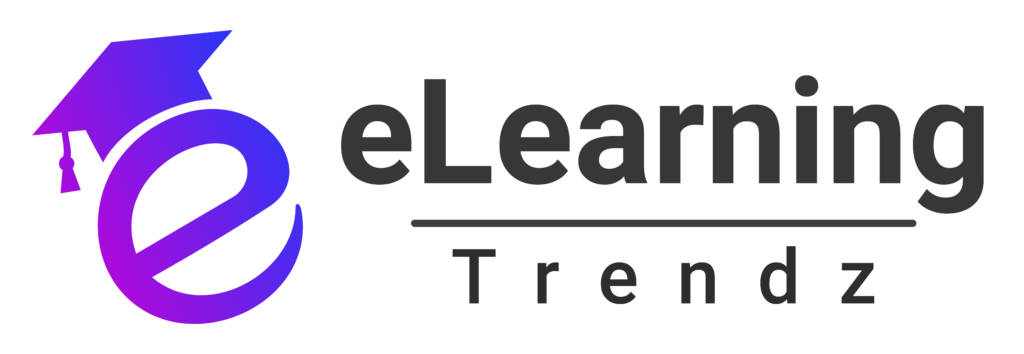The New Era of Course Creation:
The world of learning design is shifting fast. On one side, we have AI-powered course generators that create content at lightning speed. On the other, human instructional designers who bring strategy, context, and empathy into every learning experience.
It’s not a competition. It’s a collaboration.
The organizations winning today are the ones that understand how to integrate both — using AI for scale and efficiency, while relying on human expertise for depth, accuracy, and meaningful learning impact.
AI Tools and Instructional Designers: What Each Brings to the Table
AI Course Generators: Fast, Data-Driven, and Scalable
AI platforms use machine learning and NLP to instantly produce:
Course outlines
Lesson modules
Assessments
Personalized learning paths
Their biggest strengths include speed, consistency, real-time adaptation, and the ability to process massive datasets. They help teams launch training programs in days—not months.
But they also have limits. AI works within the parameters you set. It can identify patterns but cannot replace contextual judgment, creativity, or cultural understanding. That’s where humans step in.
Human Instructional Designers: Strategic, Creative, and Context-Aware
Instructional designers do more than draft lessons. They:
Analyze learner needs
Define clear learning objectives
Decide on instructional strategies
Create narratives that resonate
Ensure cultural relevance and pedagogical accuracy
They also navigate ambiguity—something AI can’t do. When a topic is complex, emotionally sensitive, or organizationally nuanced (like leadership, ethics, or change management), humans lead the way.
Designers also act as translators between business goals and learner outcomes, making them essential partners in the learning ecosystem.
Design Frameworks Still Matter: ADDIE and SAM in an AI-Enabled World
ADDIE: Structure and Clarity
AI supports the Analysis and Development stages by handling data processing and generating first drafts. Designers validate those insights, refine the strategy, and ensure everything aligns with real learning needs.
SAM: Fast Iteration, Real Feedback
AI accelerates rapid prototyping. Humans fine-tune the content, validate accuracy, and make sure each iteration gets closer to the desired outcome.
Blending both brings efficiency without sacrificing instructional quality.
What’s Shaping the Future of Course Creation
1. Generative AI for Content Production
Real-time personalization, adaptive modules, and automated drafts are becoming the norm. But organizations now focus on using AI responsibly — ensuring quality, accuracy, and relevance.
2. Adaptive Learning Pathways
AI adjusts content difficulty and pacing based on performance. Designers set the pedagogical rules behind those adaptations.
3. Accessibility and Inclusive Design
AI flags issues, but humans ensure accessibility enhances—not disrupts—learning.
4. Standards and Compliance
SCORM, xAPI, and accessibility compliance require a combination of automation and human quality checks, especially in regulated industries.
Strengths and Limitations: A Balanced View
AI Can Do What Humans Cannot:
Build courses in hours
Personalize at scale
Analyze behavior instantly
Maintain consistency
Work 24/7 and auto-update
Humans Can Do What AI Cannot:
Apply nuanced pedagogical judgment
Solve creative, ambiguous problems
Understand cultural and emotional context
Craft narratives that emotionally connect
Ensure educational integrity and accuracy
Both are essential. The key is knowing when to use each.
Managing the Risks of AI-Enhanced Course Design
AI introduces new opportunities — and new challenges:
Accuracy issues or hallucinations
Bias and fairness concerns
Copyright and content ownership questions
Inconsistency without human review
A governance system with strong human oversight solves most of these risks.
Hybrid Models: Where AI and Humans Work Best Together
Different workflows suit different organizational needs:
AI-First, Human-Refined
→ Ideal for speed and large-scale content generation.Human-Led, AI-Assisted
→ Humans design the strategy; AI executes.Iterative Hybrid (SAM-Friendly)
→ AI generates; humans refine — repeated until polished.Distributed Hybrid
→ SMEs, IDs, AI systems, and QA teams collaborate in stages.
This is where the future is heading: structured, intentional collaboration.
The Bottom Line: The Future Belongs to Hybrid Teams
Successful organizations won’t choose between AI tools or instructional designers. They’ll embrace both.
AI accelerates production.
Humans elevate quality.
Together, they create learning experiences that actually change behavior and improve performance.
The next decade of course creation belongs to teams that use AI thoughtfully, without losing sight of what truly matters — empowering people to learn, grow, and perform at their best.
















